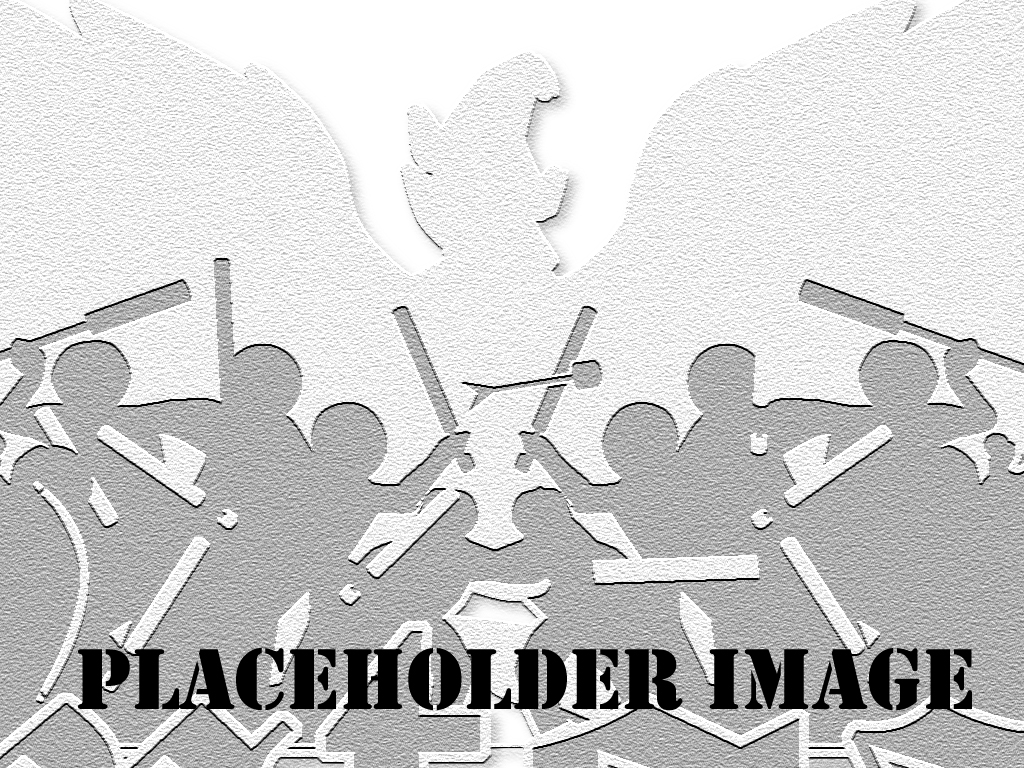V9: Arrows & Bolts
From AmtWiki
This page is part of the Official Amtgard V9 Alpha-Playtest Rulebook.
- The Amtwiki is the official home and primary source for Amtgard V9 Rules as of February 25, 2023.
- These rules are currently in Open Alpha Playtest. See the Playtest Disclaimer for more details.
- To learn more about Amtgard V9 Development, please visit Amtgard.com.
- To view the current Amtgard V8 ruleset, please see the Amtgard V8 Rulebook.
Arrows & Bolts
- Are Stabbing Projectiles.
- Must meet the Universal Equipment Requirements.
- Must be built to be fired from a bow or crossbow, as appropriate.
- Must be safe to strike other players with the tip (see construction guide below).
Arrow Gameplay Rules
- All Arrows and Bolts are Armor Breaking and Weapon Destroying.
- Specialty Arrows will impart additional effects based on their Color-Code.
- Players can only use a Specialty Arrow if they have an ability that allows it.
- Players may not attempt catch arrows and bolts mid-flight.
- Players may fire multiple regular arrows at once however Specialty Arrows must be fired one at a time.
- Arrows fired simultaneously will count as two separate strikes, even if they hit the same Hit Location.
File:V9ArrowAnatomy.jpg
Anatomy of an Arrow
Safety First
Before building your first arrows or bolts, take the time to learn from an experienced player or study an online construction tutorial. Poorly constructed, poorly repaired, or outright broken arrows/bolts can pose a serious safety hazard and may not be used for Amtgard combat.
Before building your first arrows or bolts, take the time to learn from an experienced player or study an online construction tutorial. Poorly constructed, poorly repaired, or outright broken arrows/bolts can pose a serious safety hazard and may not be used for Amtgard combat.
Arrow Shaft Construction Rules
The shaft of the arrow or bolt is the stick portion to which the head is affixed.
- Must be carbon, aluminum, or fiberglass. May not wood.
- Any real arrowheads or hunting tips must be removed.
- Shafts longer than 28” must have a draw around the shaft to physically prevent drawing the arrow past 28".
- Any vanes/fletching and nock must be in good repair. Vanes, fletchings, or the lack thereof must not cause chaotic or unpredictable flight.
Arrow Blunt Construction Rules
This is the tip of the shaft upon which the foam arrowhead will be constructed.
- Must be solidly built up to at least 1.5" in diameter and securely capped with a circular, impact-resistant disc at least 0.75" in diameter.
- The disc must be centered over the end of the shaft.
- If a metal disc is used, it must be at least 1/16” steel or aluminum.
- Discs of any other material must be durable, impact-resistant, and at least 3/16" thick.
- The non-disc portion of the blunt can be constructed from any material so long as it ensures that the foam arrowhead (see below) is not able to move easily in relation to the shaft. This includes but is not limited to: plunging up and down, wobbling from side to side, twisting-without-return, etc.
- The entire blunt can be a single unit (such as a 3D-printed piece) if the entire structure meets or exceeds the disc requirements.
Arrow Head Construction Rules
The arrow head is the Strike-Legal surface at the end of an arrow or bolt.
- A finished arrowhead must have a foam depth of at least 2", directly in front of the shaft.
- The first 1” of foam immediately after the blunt must have a circular cross-section at least 2.5” in diameter.
- The Base of the arrowhead must consist of at least 0.5” of approved closed cell foam immediately after the blunted shaft. This foam must not deform around the arrow shaft or blunt on impact.
- The Face of the arrowhead is the actual striking surface and must be at least 1” thick uncompressed approved open-cell foam. The face must either be flat with a circular cross section at least 2.5” in diameter, or a full hemisphere that is at least 2.5” in diameter at it's widest point.
- If built exactly to minimum requirements, the ‘Base’ and the ‘Face’ will take up 1.5” of the required 2” of foam, leaving 0.5” of Space to be filled in between them. This space should be filled with either closed-cell or open-cell foam as appropriate to make the arrow as safe and comfortable to be shot with as possible.
Caution: Risk of Eye Damage
Eye damage from accidental face strikes is the most common form on arrow-based injury in LARP. Regardless of the design, an Amtgard arrowhead must never be able to make significant contact with a player's eyeball when pressed against the socket head-on. The head must be large enough so that it is deflected by the structure of the eye socket or otherwise mitigates striking force that could be applied directly to the eye.
Eye damage from accidental face strikes is the most common form on arrow-based injury in LARP. Regardless of the design, an Amtgard arrowhead must never be able to make significant contact with a player's eyeball when pressed against the socket head-on. The head must be large enough so that it is deflected by the structure of the eye socket or otherwise mitigates striking force that could be applied directly to the eye.
Arrow Head Cover
File:ColorCodeBlue.jpg
Blue Color Code swatch
- Arrow heads must be covered in a durable, opaque cloth. Cloth tape may not be used like other projectiles.
- Regular Arrows must be Blue or a combination of contrasting colors that cannot be reasonably mistaken as a Color Code.
- Specialty Arrows are associated with an ability and must be covered with the appropriate Color Code.
Developer Note: Arrow cover color requirements are likely to be updated on the release of the class rules.
Projectile Weapons Contact Projectiles: Small Thrown · Large Thrown · Spellball · Rocks · Javelins
Stabbing Projectiles: Javelin · Bows & Crossbows · Arrows & Bolts
General Rules
Weapons General Rules · Weapon Construction Terms · Melee Weapons · Projectile Weapons · Siege Weapons
Equipment Equipment Basics · Equipment Use Terms · Weapons · Shields · Armor · Color Code · Visual Indicators


